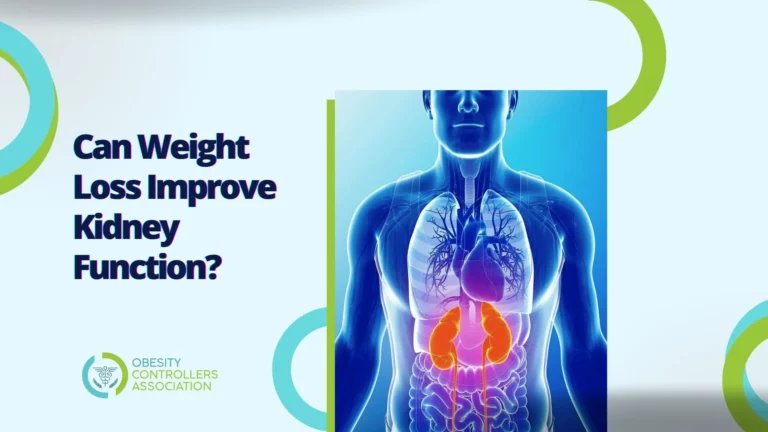Childhood Obesity: Causes And Preventions
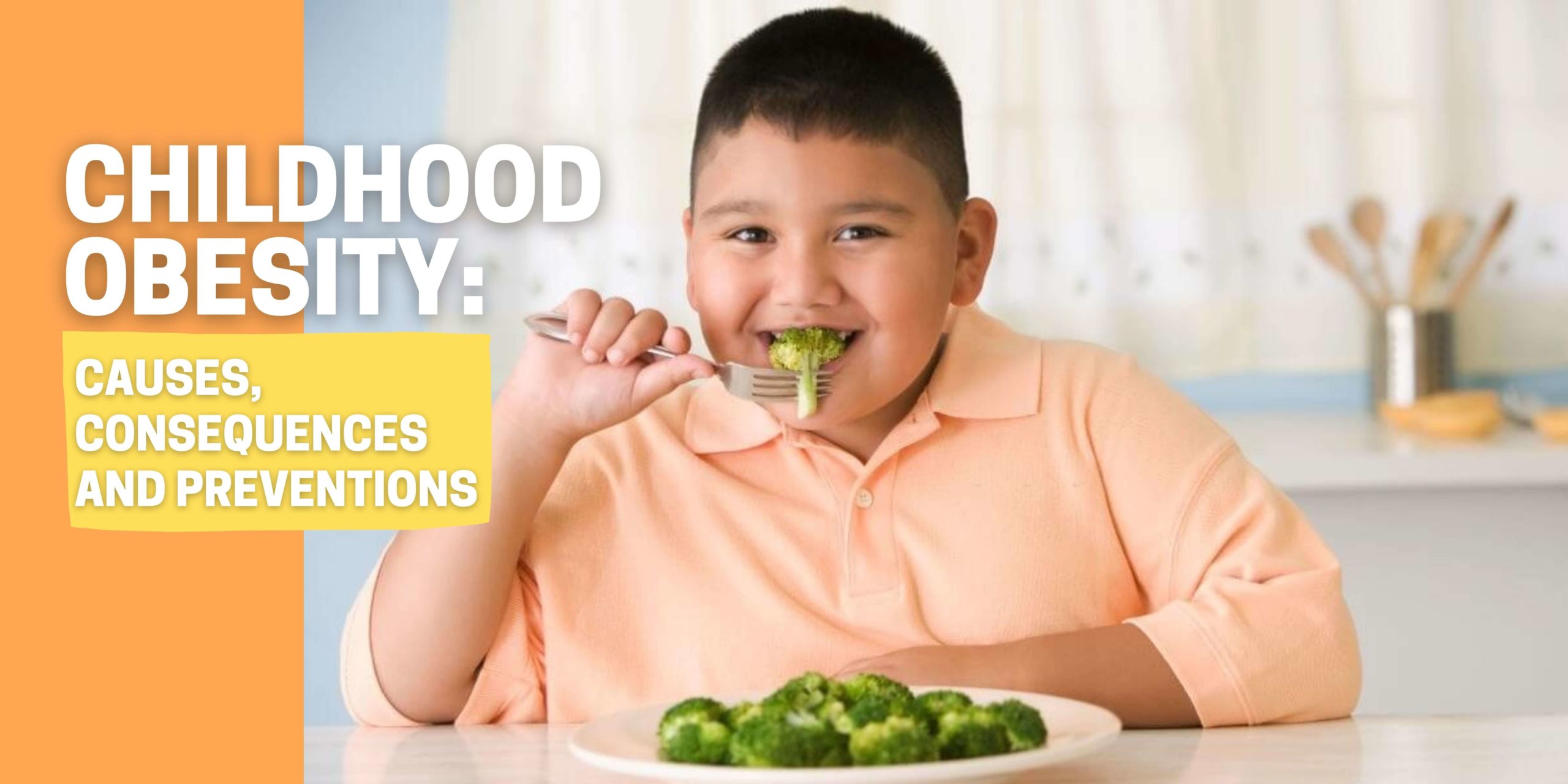
The danger of childhood obesity is widely known and is nothing less dangerous when it comes to kids. Based on data, it is pretty much evident that childhood obesity cases are increasing with each passing year. Besides teens and tweens, kids aged as young as 2 to 5 are also included in the reports.
Causes, Consequences And preventions Of Childhood Obesity
A growing matter of concern, it is important to seek immediate treatment and practice preventive methods, as being overweight is a serious health condition, irrespective of age.

And the consequences range from additional health problems to targeted abuse, be it physical, verbal, or emotional. It is alarming that even at a young age, these children are forced to undergo the same brutality faced by adults who are obese.
How can we stop the dreaded beauty standards set by society and the stigma associated with obesity from reaching kids?
What can be done to effectively reverse childhood obesity right from its early stages?
This is where education and awareness step in.
What is considered obese for a child?
To start with, let’s have a look at the definition of childhood obesity. Also known as pediatric obesity, the condition refers to when the child’s weight is greater than their height and age.
The BMI is measured differently compared to adults. To specify, for kids and teens belonging to the same age and gender, childhood obesity is the BMI at or beyond the 95th percentile.
This is mainly because of the differences in height and weight with age along with their connection to body fat. This is also the reason why it is a tough task to set a healthy weight for children. As a result, childhood obesity is measured using BMI for age.
According to the Center for Disease Control and Prevention (CDC), a child is called overweight when the percentile range is 85th to less than the 95th. And obese, when equal to or more than the 95th percentile.
And even if the BMI turns out to be in the obesity spectrum, assessments about diets, family history, diets, health screenings, etc are conducted to confirm whether excess body fat is the cause.
The American Academy of Pediatrics (AAP), as well as CDC, advise using BMI to check for overweight and obese for folks between the ages 2 to 19. For those under the age of 2, it is recommended to approach the WHO standards.
At the end of the day, we cannot fully rely on BMI to determine if a child is obese or not. It is merely a screening tool and a medical check-up is required to diagnose their obesity.
How does Childhood obesity Affect Child development?
There are several reasons why child obesity is a major concern. Particularly because kids are challenged to meet the same deadly consequences faced by adult obese people as mentioned earlier.
Childhood obesity can result in the following:
- Cardiovascular diseases: Poor metabolism and stubborn weight gain paves way for plaque build-up in the arteries making them narrow. Over time, the child may suffer from conditions such as heart attack, high cholesterol, high blood pressure, etc in adulthood.
- Increased risk for insulin resistance and Type 2 Diabetes: Obesity can impact sugar metabolism, further adding to weight gain.
- Joint pain: The increasing body weight puts the joints and muscles under pressure. Not only can it result in intense pain and poor mobility but injuries in the knees and hips as well.
- Respiratory problems: Obese individuals are likely to suffer from conditions such as sleep apnea and asthma.
- Low self-esteem, depression: The stubborn weight gain makes the child easily prone to bullying from the other kids as the child spends most of the time in school settings. The inability to do the same activities as other kids, bigger appearance, etc, can all severely impair the child’s confidence levels easily.
- Liver damage: Nonalcoholic Fatty Liver Disease (NAFD) is a condition that involves increased fat deposition in the liver. It leads to scarring and damages the liver.
What are the 10 causes of childhood obesity?
According to experts, there are several causes of childhood obesity.
Junk foods:
One of the most obvious factors responsible for weight gain. Technological advancements have resulted in making kids more attracted and exposed to advertisements.
As a result, they are easily caught up in the strong desire to eat junk foods, such as burgers, pizzas, etc to name a few. And the worst part is it starts at a young age. Over time, it escalates into addiction and they begin spending more time eating than playing or exercising. Consequently, they become prone to being overweight and obese.
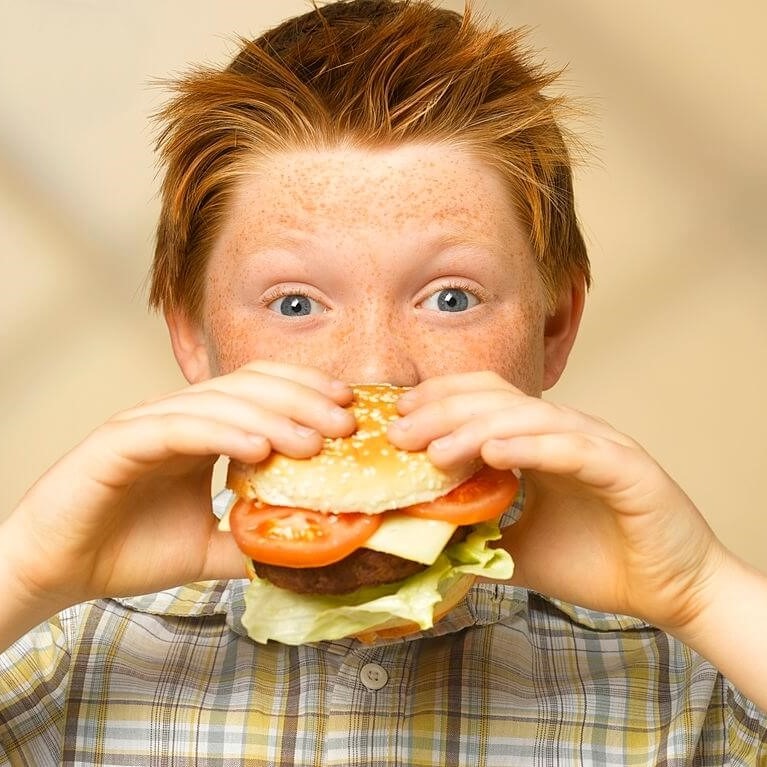
Insulin resistance:
The carb-rich American diet plays a key role in insulin resistance. Hence, fat gets stored in various parts of the body as the metabolism slows down and energy levels subside.
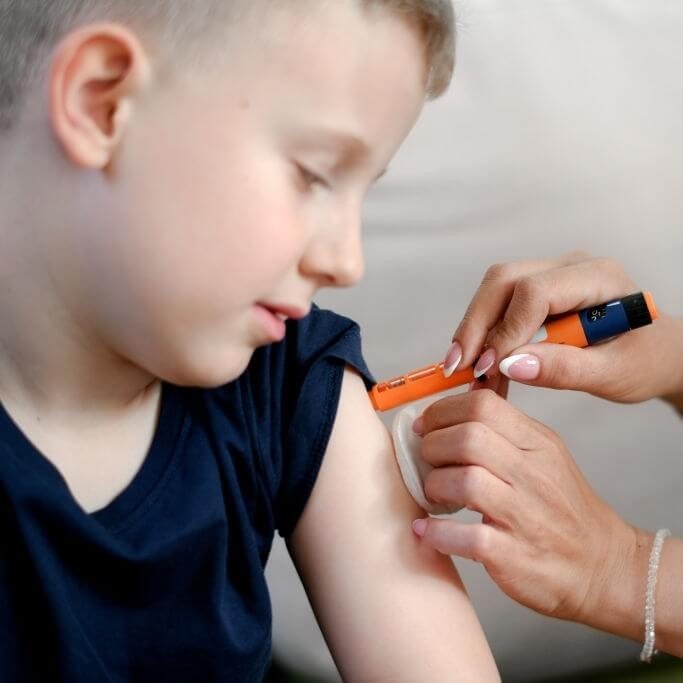
Genetics:
In some individuals, genetics are found to be a strong component of obesity. Childhood obesity is mostly reported to be in kids who have obese parents.
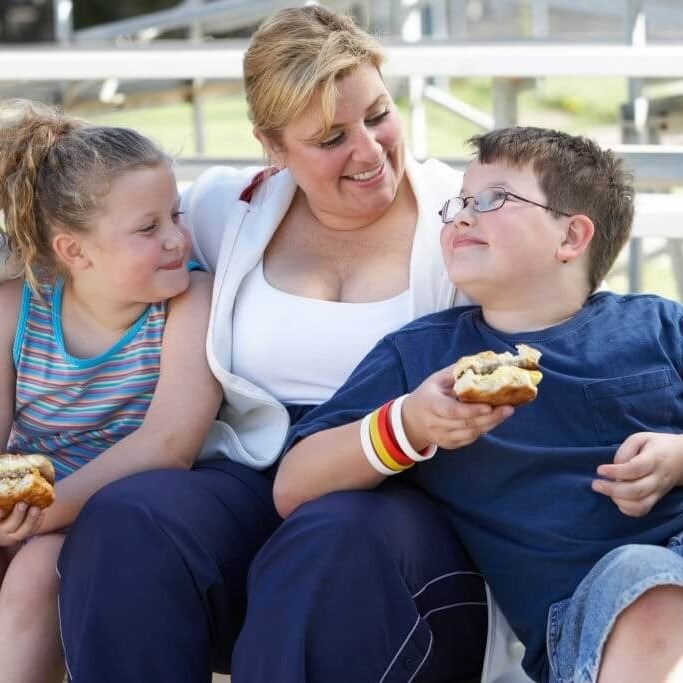
Leptin resistance:
The appetite-lowering hormone which is leptin is at a poor function in obese individuals. Produced by fat cells, higher fat mass leads to a rise in leptin blood levels.
Although high leptin is linked to a healthy body, leptin becomes unable to cross the blood-brain barrier. This condition is known as leptin resistance.

Food availability:
It is important to note that most of the stores and restaurants here in the United States are mostly known to sell junk foods. And the heavy advertisements at every corner

Sugar consumption:
When taken in excess amounts, sugar can cause changes in hormone levels as well as the biochemistry of the body. And since it is abundant in most food items along with the added sugar which comprises fructose, the body becomes resistant to insulin.
Thereby, to meet the energy requirements, the child consumed more and more food ultimately leading to obesity.
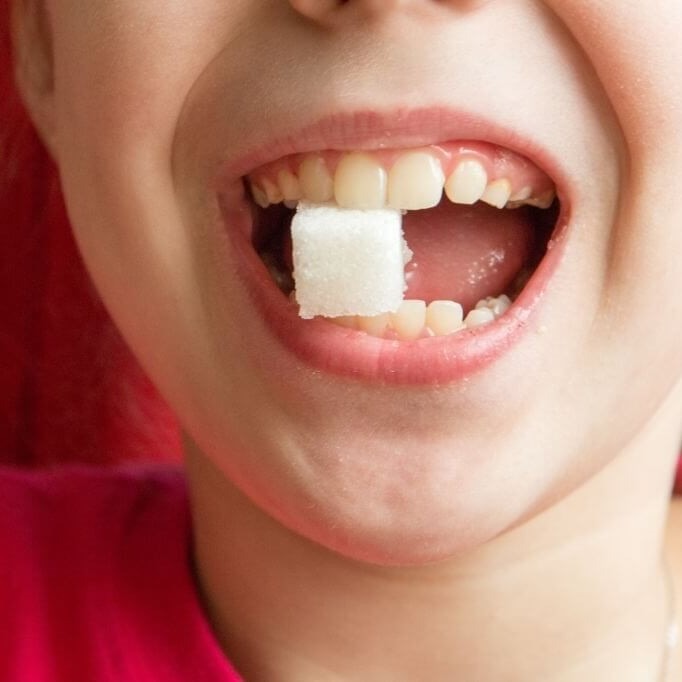
Addiction:
As we have talked about earlier, children are easily drawn to junk food and sweetened food items. Moreover, fast food has become a major part of the modern-day lifestyle.
Therefore, it is easy to get addicted and equally difficult to break out of it.

Medications:
Not all drugs but certain pills can slow down metabolism. They may also boost cravings leading to weight gain.

Poor physical activity:
Lack of sufficient body movements especially during childhood is another way to invite obesity.
In addition to the child consuming junk food and sweetened foods, sitting idle can reduce calorie burn and impact growth as well.

Lack of awareness:
The main reason why there is so much stigma around obesity is because of the lack of knowledge. Worse, the food companies and media add fuel to the fire by spreading unnecessary misconceptions.
The more you remain educated about the topic, the better you can seek timely treatment for your child.

What is the prevention of childhood obesity?
The best way to treat childhood obesity is by taking the precautions at the earliest. Shift to a healthier lifestyle that involves nutritious eating habits along with regular exercise.
Consult with a pediatrician to confirm whether your child is suffering from obesity or not. The doctor may conduct a BMI screening and a set of other tests to determine if your child’s excess weight has the potential to be a threat to their health. Accordingly, the necessary changes are to be made.

Moreover, ensure to give your child support throughout the process of recovery. Besides the physical discomfort, their mental health may also be gravely affected.
So the kid must be surrounded with love and support to battle obesity to maintain an optimal state of mind for faster recovery. With the right practices and guidance, children can break free from the shackles of obesity.
Final thoughts on Childhood Obesity
Be it for kids or adults, obesity cases have been rising rapidly over the years calling attention to take the matter seriously.
Spreading awareness includes discussing the remedies among which mental health support is a key point. And especially in the case of childhood obesity, extra care has to be given so that the affected child can overcome this dreaded issue and lead a healthy youth and adulthood.
Lifestyle changes are of course an important step towards battling obesity. And as always, prevention is better than cure.





